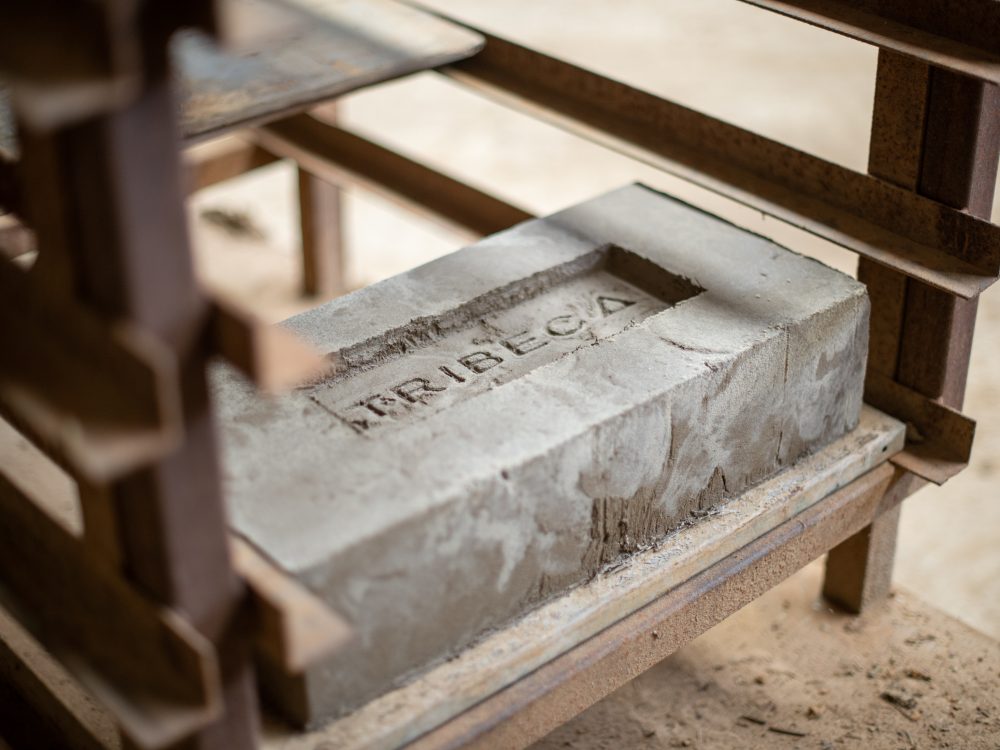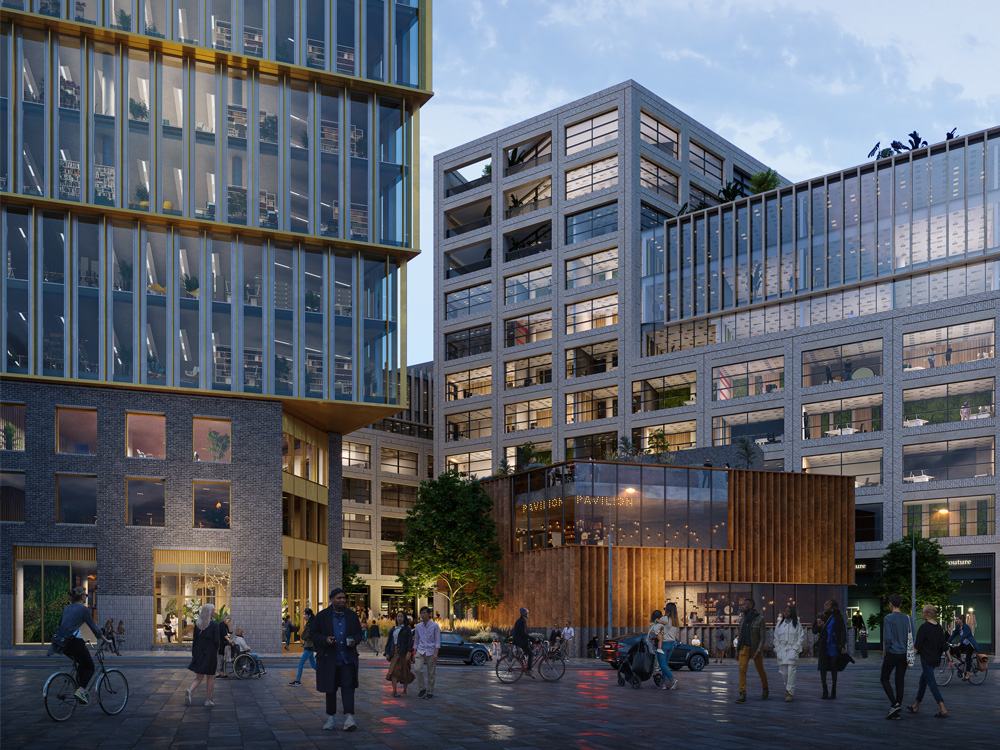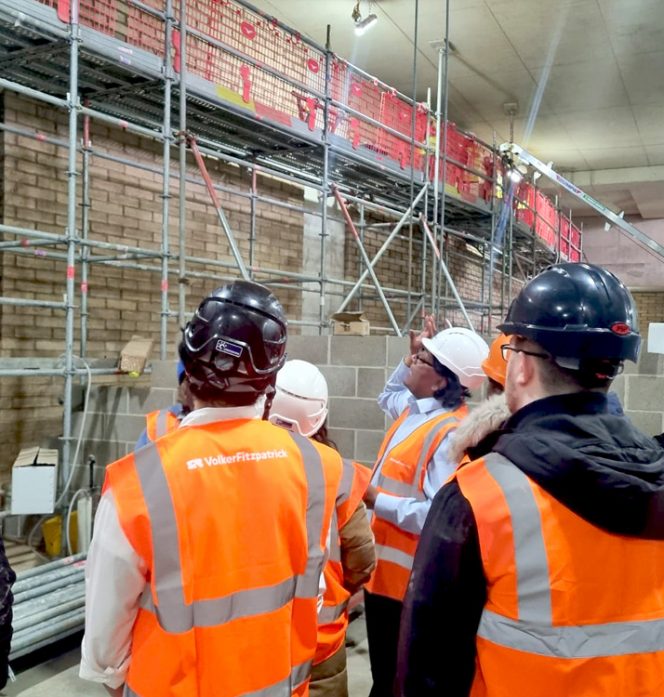Designing for wellness
Living well and taking care of ourselves are the underpinnings of a healthier and more balanced existence.
The built environment also plays a major role, with the average person in the UK spending 90% of their day indoors [1]. There is evidence [2] pointing towards a strong correlation between health and wellness and design features such as adequate daylight, outlook, connection to plants and nature, colours, acoustics, ventilation, and interior layout. Another dimension is the consideration of safe and eco-friendly building materials, products, and furniture, emphasising the link between healthy buildings and sustainability.
With many now having a greater say over how and where they spend their working day, the design and health of our day-to-day environment are becoming increasingly important to make the workspace a place of choice. The Journal met up with the team behind the Tribeca interiors – Anomaly and Perkins & Will – to discuss the importance of a wellness focused design.
Tribeca is spearheading natural, local, and sustainable materials, for example using Earth Blocks from clay excavated onsite. How is this commitment to sustainable and healthy materials manifesting in the interior design?
Nina Greenwood, Senior Designer, Anomaly: We are looking at a few elements to target a sustainable interior, such as self-sustaining and resource efficient materials that can be recycled as part of a circular economy – something that has a great story behind it as well, supporting local companies that are pushing the boundary on sustainability and sustainable products. We are using finishes made from some really fun and smart plastics, and sustainable clay works. So, we are looking at materials, the stories and the backstories, as well as the companies and manufacturers. .
Petr Esposito, Co-Founder and Director, Anomaly: Even if a manufacturer has best in class sustainability stories, all singing all dancing, roses and butterflies everywhere, if it’s sourced from the other side of the world, those sorts of considerations come into it. The approach across all Anomaly’s schemes is to ask whether our designs could stand up to a certain level of scrutiny, and to make sure that we have actually looked at the full lifetime impact of all these pieces. There is an unrelenting appetite from Reef Group to test and try new solutions. The invitation for us collectively, is to take those partial risks to try new systems and products in a commercial scheme. We can then share that information with other designers, architects and developers as open-source information.
Nina: There are some elements, such as the second-hand reclaimed furniture, that aren’t necessarily risky but smart. There are other smart choices that you can make within the interior – we are using naturally pigmented paints with low VOC and wool with a high recyclability content. It’s about driving a culture of transparency and being open about the aspirations, and our successes and failures, but at the back of it being really smart about what works and using that. It’s a mix.
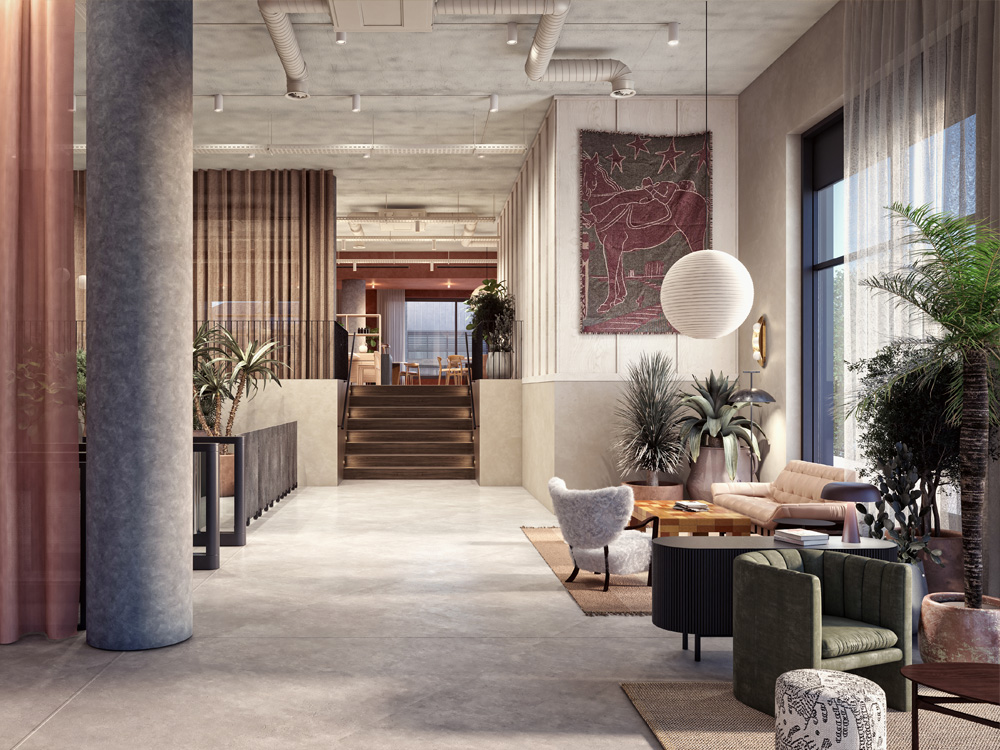
How is living design and health/wellbeing driving the design of the buildings?
Kate Edmondson, Associate, Perkins & Will: The key thing in terms of sustainability and circular economy is flexibility and options for adaptability. We are always looking at how we can design for assembly and disassembly, and we are also looking at low VOC materials and reducing the levels of toxins and chemicals that we have around us all the time, especially when we are sitting indoors in office buildings for such long extents of the working day. But it’s also about providing the fun spaces, the green spaces, having terraces and plaza areas for break-out, making sure that all works and links with the building and the flow of people through reception and the floors.
Greenery is integrated across the scheme, from ground level to terraces and rooftops. Is there also an ambition for a biophilic interior design?
Nina: Yeah, there is quite a large amount of biophilia in the Assembly. We think that a healthy environment enables productive and positive behaviours, so the healthier we can make the environment through the use of biophilia the happier people will be. And that is our main objective, to leave people with a really amazing productive feeling.
Petr: The end goal is an experience that people want. That will drive tenants that want longer leases, which reduces the level of change in the 5-to-20-year timeframe, and that in turn reduces the carbon impact. It creates a better product, because developers like Reef will want to invest further because we can put a measurable benefit to including more biophilic and sustainable designs.
Has there been a change in expectations from the market following the pandemic when it comes to healthy and inspiring workplaces? How is Tribeca responding to this?
Petr: For a long time, we talked about the workplace being a ‘home away from home’ or a hotel. It’s a product of activation of something that inspires a culture and experience that is really beneficial. People seem to forget that the majority of workers don’t have their own home workspace, so they’re working from a kitchen counter or in their bedroom and coming into work is really great if it has all the offerings that good quality workspaces can have.
Kate: What we’ve found since Covid is that the office has to better support collaboration – that is why we come together. In the shared human experience, you create culture. That’s what the architecture and the form need to support. It’s also about control. We can now choose where we go to work; do we go to a gallery type space, or a café, or do we go into the office? You have to give people the control that they would have naturally in other places, but also provide that extra special environment, so that the natural choice is to go into the office.
How has the workplace shifted toward becoming a more generous place for mental wellbeing and mindfulness, general comfort or just meeting without being productive?
Kate: Having a range of work-based spaces, informal spaces, quiet spaces – it is about having that choice and flexibility. For us, that is part of the future fitout of these floorplates. That gives people options, and therefore you know that you won’t have to sit at a desk behind a screen all day, you can move around, and you can change that yourself.
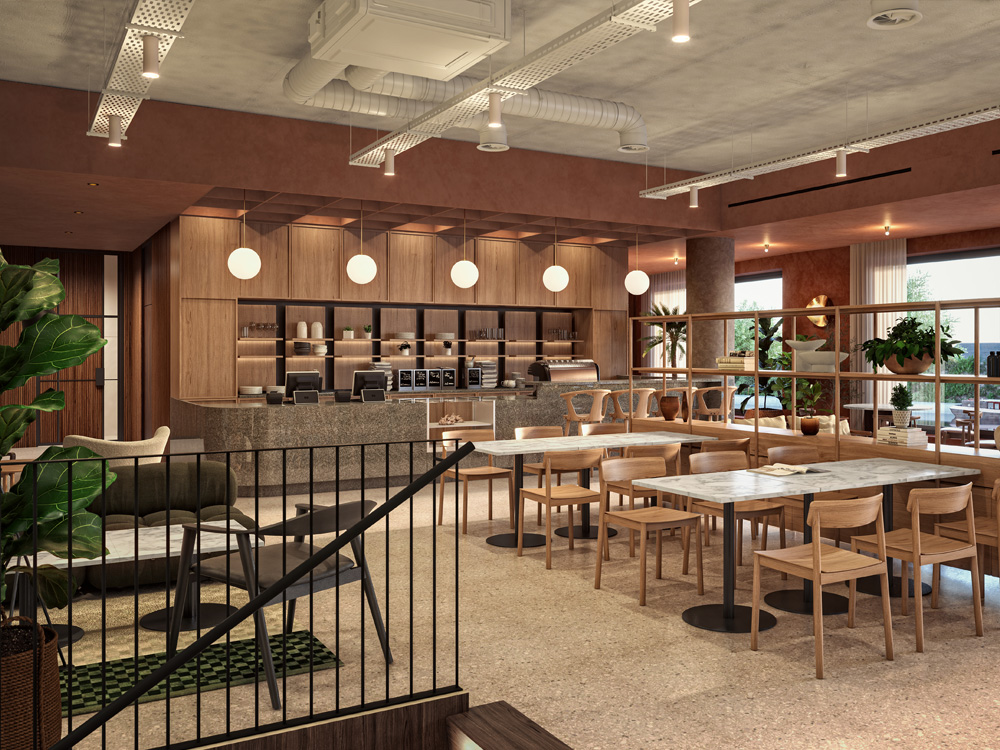
What is the commitment to sustainably and ethically sourced materials?
Nina: Normally we target a BREEAM or WELL accreditation. At Tribeca, we are going above and beyond, and that’s not just to tick boxes. We’re making meaningful decisions about products or specifications and have a meaningful reason why we’re using them. The light and the space within the area stimulates you, and having natural daylight, you do tick a box with those kinds of accreditation, but for us, it’s because we know that it’s beneficial to put this in the space. Whether that is reclaimed furniture or low VOC products, or clay works that have been recycled or locally sourced, low carbon footprint items, we’re using it because that’s the right thing to do, not because it is hitting a target.
Petr: That builds on giving people agency to make personal choices, and it’s so much more driven by the tenant and individual decision-making, whether they do stay at home, go to a café or go to the workplace. That has forced a growing agenda around these topics. It’s no longer the CEO or the studio manager or the top-tier making decisions about what workspaces they take a lease on. It’s a far more democratic approach to workplace settings, everything from material choice to colour palettes. There are the stories that go beyond BREEAM, which is from a corporate decision-making perspective, and then it’s the little stories, which is about the little pieces – the clay work, the recycled plastics… they become little trinkets which for all intents and purposes don’t move the dial enough in terms of what we need to do globally, but those are the stores that get people excited and drive that narrative further.
Kate: Perkins & Will have a public database, a precautionary list of materials that we stay clear of, and a directory of go-to materials and products that we have surveyed in terms of sustainability. That databased is constantly reviewed and added to. I think it’s important that we share, and that we are open and honest about what we do and are trying to achieve. Now there is a lot more advocacy about sustainability and the climate challenge, and people want to know what’s going on and what everyone’s doing. I think it’s important to encourage people to share information, because it shows that we do care, and we will continue to push for change.
"The end goal is an experience that people want. That will drive tenants that want longer leases, which reduces the level of change in the 5-to-20-year timeframe, and that in turn reduces the carbon impact. It creates a better product."
Notes:

